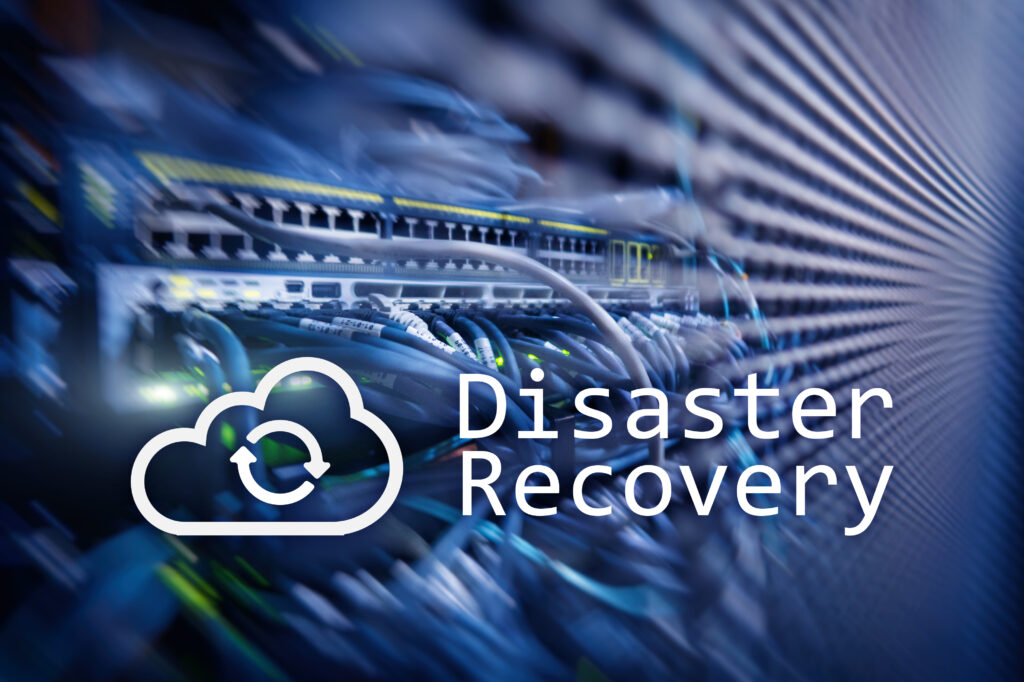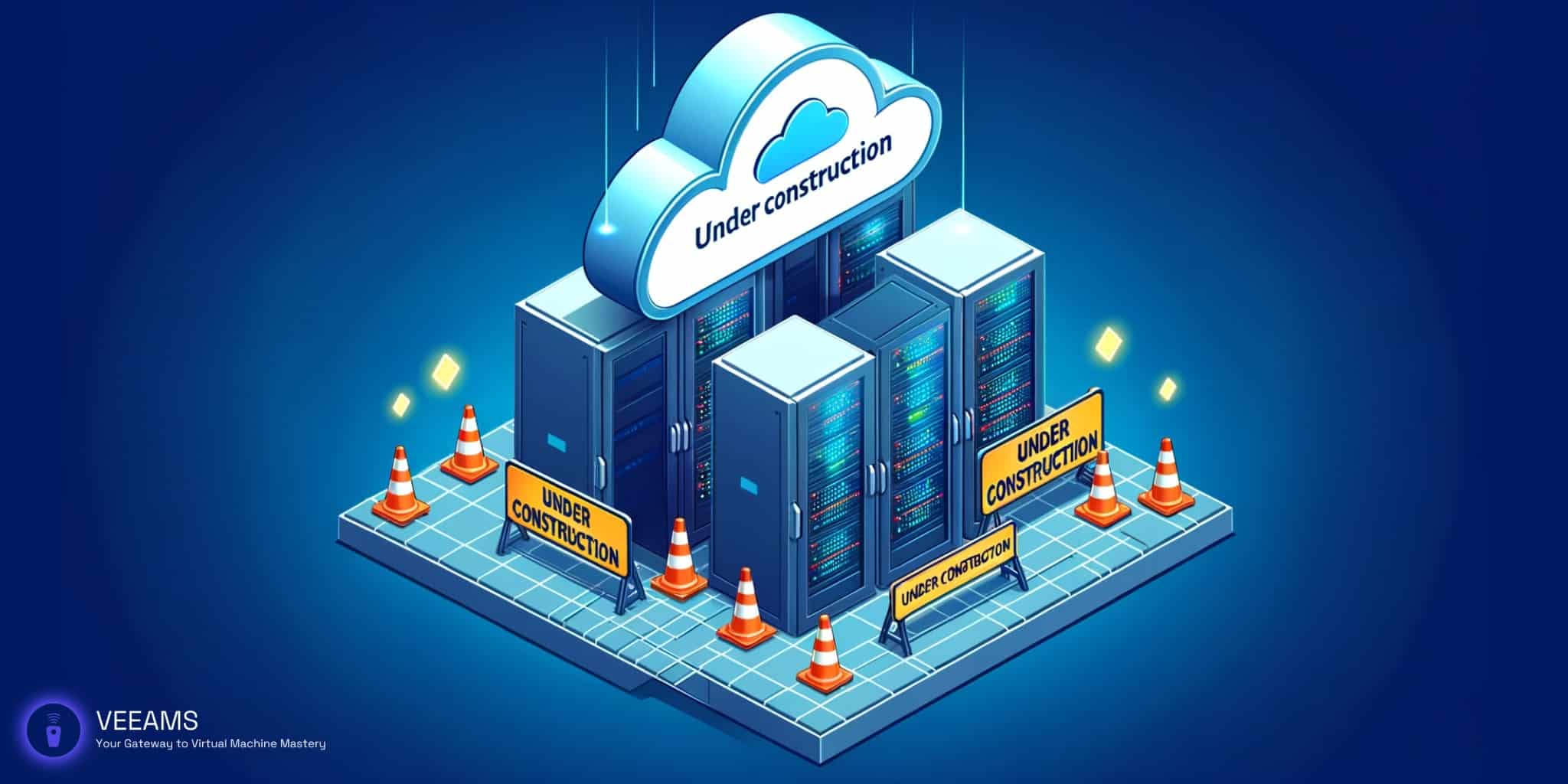In today’s digital landscape, the importance of a robust disaster recovery (DR) plan cannot be overstated. VMware, a global leader in cloud infrastructure and digital workspace technology, offers comprehensive solutions for disaster recovery. VMware’s DR tools are designed to ensure minimal downtime and data loss in the event of a disaster, which is crucial as, according to a 2023 report by Cybersecurity Ventures, the average cost of downtime for businesses is estimated at $5,600 per minute.
Understanding the Basics of Disaster Recovery Planning
Disaster recovery planning involves a set of policies, tools, and procedures to enable the recovery or continuation of vital technology infrastructure and systems following a natural or human-induced disaster. Data protection is at the core of DR planning, where the goal is to maintain business continuity. Key metrics include Recovery Time Objective (RTO) and Recovery Point Objective (RPO). RTO refers to the time within which systems and applications need to be restored after a disaster, while RPO indicates the maximum age of files that must be recovered from backup storage for normal operations to resume.
Key Components of a VMware Disaster Recovery Plan
A VMware-based DR plan comprises several critical components:
- VMware Site Recovery Manager (SRM): An extension of VMware vCenter that provides disaster recovery and business continuity capabilities.
- vSphere Replication: An essential component of SRM, it replicates VMs at the data store level.
- VMware Cloud Disaster Recovery: This is a scalable, on-demand disaster recovery service aligned with the cloud model.
- Network and Storage Configuration: Critical for ensuring that replicated data matches the source environment’s configuration.
Each component plays a pivotal role in the seamless execution of a disaster recovery plan. VMware SRM automates the transfer of VMs to a local or remote recovery site. It’s noteworthy that as per a VMware case study, implementing SRM reduced recovery times by up to 4 times for some organizations.
Step-by-Step Guide to Implementing VMware Disaster Recovery
- Assessment and Planning: Begin by assessing your current IT infrastructure and identifying critical applications and data. Establish your RTO and RPO.
- Installation and Configuration of VMware SRM: Install SRM at both the primary and recovery sites. Configure the SRM to pair with the sites and set up vSphere Replication.
- Replication of Virtual Machines: Use vSphere Replication to replicate critical VMs. This should align with your RPO requirements.
- Disaster Recovery Testing: Regularly test your DR plan to ensure everything works as expected. VMware SRM allows for non-disruptive testing of recovery plans.

VMware Disaster Recovery Tools and Technologies
VMware offers a suite of tools and technologies essential for efficient disaster recovery:
- VMware vSphere: The foundation of VMware’s virtualization platform, crucial for creating and managing virtual machines (VMs).
- VMware NSX: Provides network virtualization and security, essential for ensuring that network configurations are consistent across both primary and recovery sites.
- VMware vSAN: A software-defined storage solution, vSAN simplifies the storage configuration and is integral for replicating data storage environments.
- VMware Cloud on AWS: Enables seamless integration of VMware’s virtualization suite with Amazon Web Services (AWS) cloud, offering extended scalability and flexibility.
Incorporating these tools into your disaster recovery strategy can significantly enhance resilience. For instance, organizations using VMware vSAN have reported up to a 50% reduction in overall storage costs, according to a 2023 VMware report.
Best Practices for VMware Disaster Recovery
To maximize the efficiency of your VMware-based disaster recovery plan, consider the following best practices:
- Regularly Update and Test Your DR Plan: An untested DR plan is as good as no plan. Regular testing helps identify and rectify potential issues.
- Automate Replication and Failover Processes: Automation minimizes human error and ensures faster recovery.
- Optimize RTO and RPO: Continuously monitor and adjust your RTO and RPO to align with business objectives and technological advancements.
- Ensure Network Consistency: Use VMware NSX to maintain network consistency between primary and recovery sites.
Adhering to these best practices can significantly reduce the risk and impact of a disaster. For example, automation of replication processes has been shown to reduce recovery times by up to 30%, as indicated in a recent industry survey.
Conclusion: Ensuring Resilience with VMware
In conclusion, VMware’s disaster recovery solutions offer a comprehensive approach to safeguarding critical IT infrastructure. By understanding the essentials of VMware-based disaster recovery planning and employing best practices, businesses can significantly mitigate risks associated with data loss and downtime. As technology evolves, so do the challenges of disaster recovery, but with VMware’s robust tools and technologies, organizations can confidently navigate these challenges and maintain business continuity.
